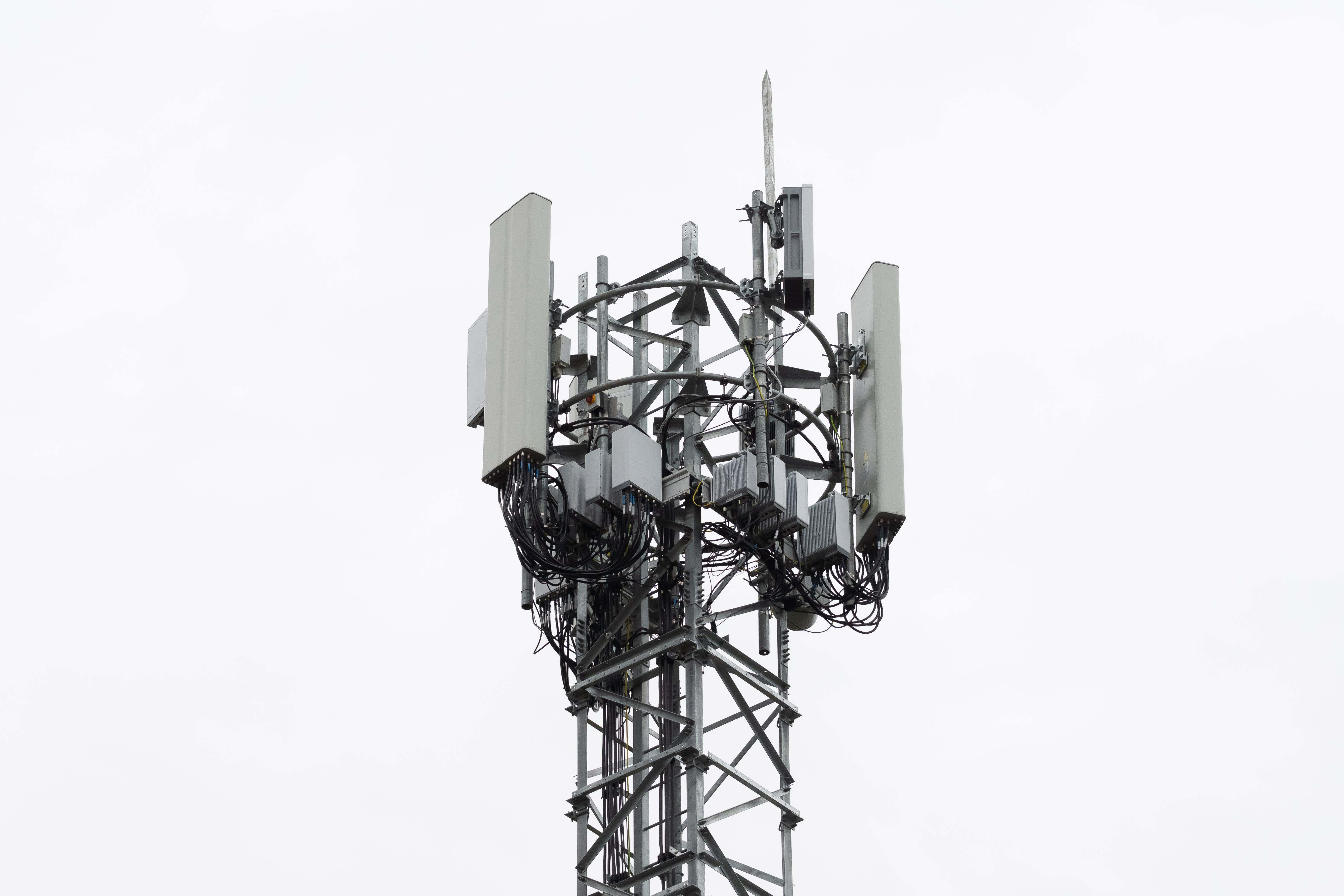If you've ever wandered through a city, you may have seen tiny cell towers for 5G placed on poles for street lighting. They look like little boxes however they're actually sending wireless signals from cellular providers to your mobile.
faraday cage hat are being replaced by the larger built cell towers. While they're not as noticeable however, they could create problems for those who live nearby.
A of the FCC's Radiation Exposure Thresholds
The FCC's Radiation Exposure Thresholds determine the maximum amount of time a person can be exposed to electromagnetic energy generated by wireless devices. The limits for exposure are based on scientific data that prove that electromagnetic energy can cause harm to health.
The rate of absorption called the specific absorption rate (SAR) is a measure of the amount of radiofrequency energy absorption by tissues. It's usually 1.6 milliwatts per kilogram calculated over one kilogram of tissue.
But, since 5g operates at higher frequencies and has the potential to increase the intensity of energy on the skin and other exposed body areas. This could lead to various possible harms, such as an increase in development of skin diseases like dermatitis, skin cancer and cataracts.
Due to the possible harmful effects of radiation from 5G, PSU has chosen to create a general limits on power density, which is 4mW/cm2 averaged over 1 cm2, but not to exceed 30 minutes for all 5G services at 3000 GHz. This limit for localization is in line with the maximum SAR that is spatially averaged at 1.6 W/kg, which is averaged over 1 grams of tissues at six GHz.
The FCC's Maximum Exposure Thresholds
If you've ever operated a cell phone, you're probably aware that the safest range from the tower is around 400 meters. This is due to the power of transmission from cell towers increases drastically the further you are from it.
While it sounds like a good idea, the reality is that people living in close proximity to towers might be more susceptible to health problems. For instance, a study conducted in 2014 in India discovered that people who lived within 50m of cell towers had significant more health issues than those living further far from antennas.
This study found that people who moved into areas farther away from cell towers experienced their symptoms improve within a couple of days. Studies have also revealed that exposure to high frequencies of radiofrequency electromagnetic fields (EMFs) can cause cancer, brain tumors, and other health problems.
This is due to the fact that radiofrequency radiation, which is utilized in wireless communications, may penetrate the body's outer layer, the skin. It is vital to be aware of this since the skin functions as a shield against mechanical injury, infection by pathogenic microorganisms, and infiltration of toxic substances. Additionally, it is the largest organ in the human body, and is accountable for protecting other organs.

The FCC's Minimum Exposure Thresholds for the Minimum Exposure
The FCC's Minimum Exposure Thresholds are based on several assumptions that aren't supported by evidence from science. These include the erroneous assumption that short-term exposures to RF radiation are safe because of the minimal absorption into body (i.e. the heating of tissues).
The assumption is also ignoring the deeper penetration of the ELF parts of modulated RF signals, as well as the effect of short bursts of heat caused by RF pulses. These assumptions do not correspond with the current understanding of biological effects of RF radiation, and thus they shouldn't be relied upon for health-protection exposure standards.
Additionally, faraday cage hat and FCC restrict their limit of exposure to the local SARs, based on the maximum frequency of absorption (psSAR), which can be described as not a sufficient dosimetric tool to assess the amount of exposure to RF radiation. Particularly the psSAR tool is not accurate when frequencies exceed 6 GHz. Additionally, psSAR hasn't been evaluated for RF radiation exposed to other environmental agents , such like sunlight. The interactions of RF radiation with other environmental agents could result in antagonistic or synergistic results. This could result in an increased risk of negative health effects. For example, co-exposure to RF radiation and sunlight could cause an increase in the incidence of skin cancer and exacerbate other skin diseases such as acne.
